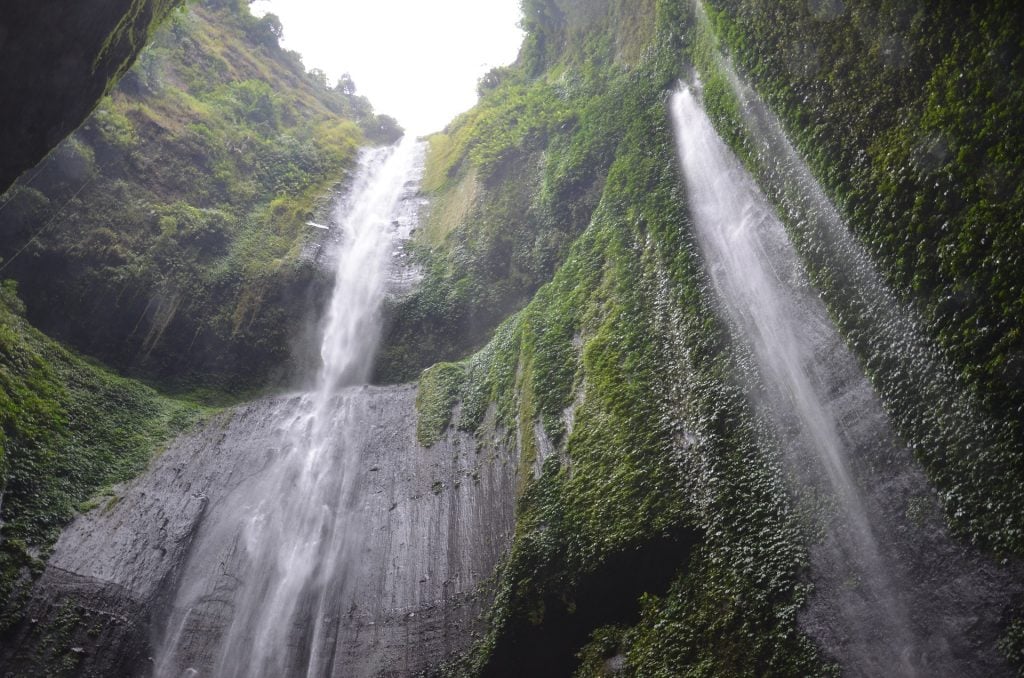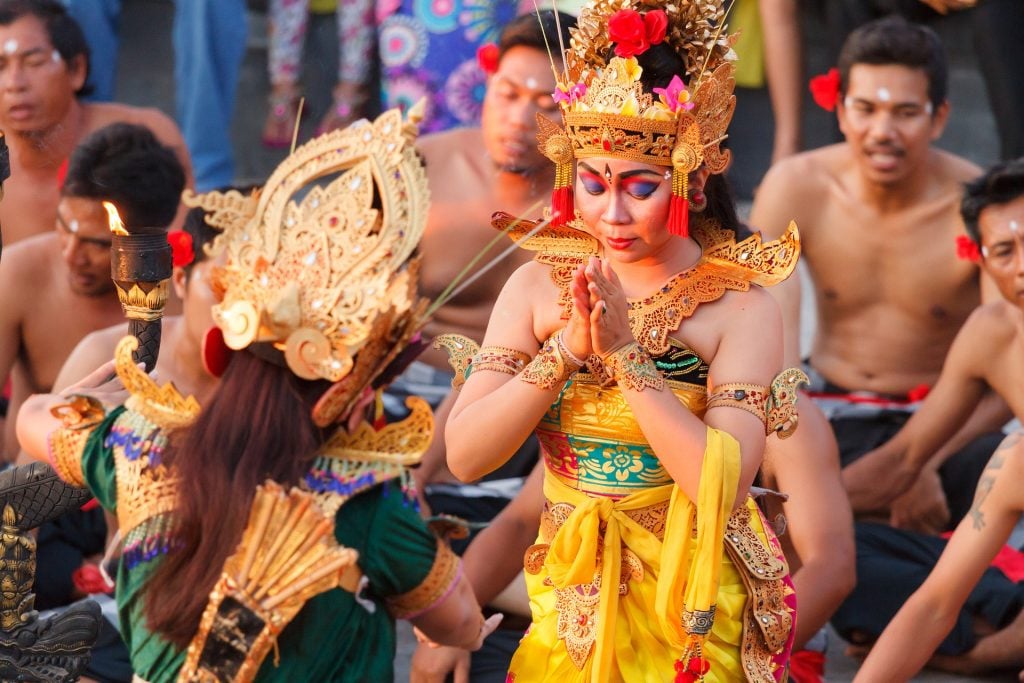Indonesia is a country made up of thousands of islands and many diverse cultures. It shares borders with two other countries where kratom grows naturally, Malaysia and Papua New Guinea. There is much more to Indonesia than kratom, though, and it is a vibrant country.
There are more than 17,000 individual islands in the country, and not all of them are inhabited, leaving many pristine wild areas. There are more than 260 million people living on the islands, and it is the largest island country in the world. People are spread all over the islands, but most of them are on the island of Java, which holds more than half of the country’s people.
The vast number of islands means that Indonesia is home to many unique ecosystems, so it has a wide variety of natural resources. Indonesia exports many products to the United States, including rice, palm oil, tea, coffee, cacao, spices, rubber, and medicinal plants like kratom. All of these need different environments to grow successfully, and the sprawling islands are a perfect place for all of them.

Languages
There are over 700 different languages spoken in Indonesia. The official language is Indonesian, but most Indonesians speak at least one other language. Interestingly, in contrast to the United States, which has only one official sign language, Indonesia has three different sign languages. Since there are so many different languages in the country, there are more than 10 different unique writing systems in use on the islands. Linguistically, going to Indonesia would be a significant culture shock for most people. It’s almost as if Indonesia has a hundred countries of its own!
Food
If you like good food, Indonesia is the place to go. There are more than 300 ethnic groups that live in Indonesia, and they all have their own unique style of food, based on their own culture and some foreign influences. Indonesia has over 5000 traditional recipes, and varies from rice and noodle dishes to high-priced formal cuisine and street snacks.
Depending on where you go, you can find meatballs, curry, or tofu. Some people eat different types of roasted insects, like grasshoppers or crickets. Indonesia has quite a few native spices, and the island group of Maluku is known as the “Spice Islands.” The country has also assimilated spices from other cultures, like black pepper, cinnamon, ginger, and garlic. Hot and spicy food is a favorite in Indonesia.
Arts & Culture
Indonesia is home to some unique musical instruments, such as the sasando. Orchestral music and music played by large groups are popular on the islands. Gamelan, which is a group of tuned percussion instruments, is especialy popular, and is famous outside of the country. The style originated from Java, Bali, and another island called Lombok. Gamelan music wasn’t recorded until Indonesia was colonized by the Dutch, and a notation system called kepatihan was invented. Most gamelan music isn’t written down, even today, because there is an oral tradition going back generations.

The Indonesian performing arts are intimately connected to dance, and there are thousands of unique dance forms practiced throughout the islands. One dance, Saman, has been called a world intangible cultural heritage by UNESCO. There are court dances, folk dances, traditional dances, and contemporary dances, all of which survive through dance schools or government encouragement to keep the traditions alive. \
Bali, one of the most well-known Indonesian islands, has more than 15 unique dance styles in its local culture. Some dances are based on animals, some are based on mythology, and others are based on emotions. With so many different dance styles, there are just as many subjects those dances honor in their traditions.
Indonesian art takes many forms, as diverse as the culture of the islands. In the visual medium, painting, sculpture, and films are common. Functional art is also important in Indonesia, as artists build out of wicker, textiles, and pottery. Architecture is considered an art form of its own, ranging from simple reed structures to elaborately carved temples.
Many films are made in Indonesia, including quite a few that the Western world is very familiar with, such as entries in the Marvel Cinematic Universe. Painting is an important part of culture in Bali, and painters are greatly respected for their work. The style has evolved over time, and Bali has become an artists’ hub as its respect for painters has become more well-known.
Sports & The Outdoors
If you like sports, Indonesia has many of those as well. Some of the more globally well-known popular sports are badminton and football (soccer in the United States), while the native martial art Pencak Silat is also common. Indonesians have dominated badminton in the Olympics ever since the sport was introduced, and have won gold medals in every Games except for the Summer Olympics in 2012. Indonesian sports teams regularly perform in international competitions, and is a major source of sporting talent in their region. Even though Indonesia is made up of islands, surfing is not an especially popular sport.

Indonesia contains many World Heritage Sites, and many more up for consideration in the future. Every one of these sites highlights a different part of Indonesia’s culture or natural richness, something unique that can’t be found anywhere else in the world.
One of the current sites, the Tropical Rainforest Heritage of Sumatra, is in danger because many of its species are being threatened by human habitation. There are hundreds of unique species in the rainforest, including plants, mammals, and birds. It’s not the best place for tourists, for the sake of wildlife conservation, but if you take a trip there, you can still learn about all these interesting creatures.
Closing
There is enough to do, see, and learn on the Indonesian islands to last many lifetimes, and there is something for everyone to experience and enjoy. Whether you’re looking for good kratom, learning a new language, exploring nature, or trying a new favorite food, you’ll see something new in Indonesia. Even if you stay in the more populated tourist areas, the culture of the islands will leave you with a unique and memorable experience.











